Radishes are an annual, fast-growing plant from the cabbage family. This is the earliest vegetable grown in our gardens.
Country agronomist Yulia Petrovna shows how to grow radishes so that they turn out juicy, tasty, without cracks:
| Content:
|
Biological features
To form a juicy root crop, a short daylight hours is required. With a long day, the crop blooms and produces a very small, rough, fibrous and unedible root crop.
|
To successfully grow in open ground, radishes require a sufficient amount of moisture and a temperature not higher than 20-22°C. At higher temperatures, the crop blooms. |
Radish is cold-resistant. Shoots appear in a week at a temperature of 3-6°C, and at 13-16°C after 2-4 days. It can be sown in open ground when the ground warms up to 5-7°C. Seedlings can withstand frosts down to -3°C, and adult plants up to -5°C. The optimal temperature for growth is 17-20°. If the weather is too cold, the plants grow slowly and produce slightly smaller root crops. At high temperatures they go into the arrow.
The culture requires loose, well-fertilized soil. On dense soils the plant does not set roots. Radishes, like cabbage, do not like acidic soils. The soil should be neutral or slightly alkaline (pH at least 6).
Plants require abundant regular watering. With uneven watering, hard root crops are formed with voids inside and taste bitter.
Early varieties of radish
Early varieties of radish are ready in 20-25 days. The crop cannot ripen before this period; it needs, at a minimum, to gain leaf mass and become plump. Therefore, all varieties that promise technical ripeness in 16-19 days are an advertising ploy. They, like everyone else, take 20-25 days to fill. No crop can produce a harvest in such a short time.
Cranberries in sugar. Early ripening variety. Technical ripeness occurs 20-25 days after germination.Productive, resistant to unfavorable conditions, sets root crops well. Weight 30-40 g.
Chupa Chups. Ready in 20-25 days. With insufficient watering, the ripening period can increase to 30 days, and the root crops will be small. The pulp is not sharp, without bitterness.
Askania. Early ripening large-fruited variety. The diameter of the root crop is about 10 cm. It is not prone to the formation of voids. Resistant to color fade. Can be grown from early spring to September.
Alyoshka. Early hybrid. Large-fruited, resistant to flowering. Suitable for growing at very early stages. Suitable for cultivation throughout the season.
Duro Krasnodar. Large-fruited variety with excellent taste, without bitterness. Doesn't take long to outgrow. Resistant to long days and hot weather.
|
Overgrown root vegetables are not fibrous and the skin is not thick. Often an overgrown plant forms a second root crop below the first. |
French breakfast. Elongated roots with a white tip. Weight up to 20 g. No bitterness. From germination to technical ripeness 23-25 days. Resistant to stemming.
Varieties have now been developed that are resistant to long days and hot weather. Even when grown in such unfavorable conditions, they do not bloom en masse. Although individual plants may go into arrows.
Soil preparation
For a good harvest, radishes require fertile soil, so they are grown after crops for which manure has been applied. The crop itself carries few nutrients, so fertile soils are not prepared directly for it. They dig up the bed using a spade and that’s it.
On poor soils, radishes produce small root crops. To increase yields, rotted manure is applied in the fall.
Fresh manure cannot be applied, since the crop will go into the stem without setting root crops, or they will be small and woody.
Acidic soils are limed in the fall. Sanding is carried out on dense clay soils. For sanding, use coarse-grained white river sand, which can be bought at a garden store. Red sand gives an acidic reaction and greatly acidifies the soil. It is used on highly alkaline soils to alkalize them. Application rate on heavy loams - a bucket per m2.
|
Adding lime is a must when growing radishes on acidic soils. |
Radishes tolerate a lot of potassium, so in the fall you can add potassium fertilizers or ash at a rate of 1 cup per m2.
Predecessors
Radishes cannot be planted after any cruciferous crops: all types of cabbage, turnips, radishes, mustard, watercress, daikon, horseradish. It is not advisable to plant them next to each other, as this contributes to the spread of common pests and diseases.
Good predecessors are potatoes, cucumbers, tomatoes, and pumpkins. Organic fertilizers must be applied to the predecessors.
You cannot grow a crop in one place for more than three years.
Seed preparation
The seeds are usually sown dry and they germinate well. When sowing, they are calibrated, choosing large ones. Small and damaged seeds are unsuitable for sowing and are thrown away.
|
If there is doubt about the quality of the seeds, they are checked for viability by covering them with a layer of water. The floating seeds are not viable and are removed. |
If the seed material is collected independently, then it is advisable to pickle it. To do this, it is soaked in a warm pink solution of potassium permanganate for 1 hour, after which it is washed and dried. After this, the seeds are ready for sowing.
An interesting way to grow early radishes:
Spring sowing
To grow early radishes, sowing seeds in open ground is carried out as early as possible, as soon as it is possible to make a bed. In the middle zone this is the beginning of April, in the north - late April-early May. Then, during the entire growing season, reseeding is done every 10-15 days, thus obtaining a harvest throughout the season. To obtain a harvest on the longest days, varieties that are resistant to flowering are selected (Duro Krasnodarskoye, Filipar F1, Joker, Belsayt, Zlata), and they are shaded to speed up the setting of root crops.
|
The crop is immediately sown sparsely according to a 5×5 pattern, and for large-fruited varieties, 10×10. When planting thickly, the radishes will have to be pulled apart, which damages the root system of neighboring plants and some of them do not set. |
Make grooves 2 cm deep in the garden bed, spill them with water (preferably warm, but if it is not available, cold can be used) and sow the seeds. The furrows are filled in and the soil is compacted. For the speedy emergence of seedlings, the bed is covered with film.
If the weather is warm, you can sow radishes until late autumn. Summer sown radishes can be grown as a repeat crop.
After harvesting part of the crop, the soil is dug up using a spade, ash is added to poor soils, lime is added to acidic soils, and re-sowing is carried out. Repeated sowings are allowed throughout the growing season, provided that no diseases and/or pests have appeared. When they appear, summer and autumn sowings are carried out in a different place.
Pre-winter sowing
Radish is a very cold-resistant crop and can be sown in open ground before winter. Prepare the bed and cut the grooves in advance. Sowing is carried out only in frozen soil. The soil for filling the grooves is stored separately in the room so that it is not frozen, otherwise it will be impossible to fill the grooves with it.
The sowing pattern is the same: 5×5 and 10×10 for large-fruited varieties.
It is advisable to sow radishes before winter when there is frost and choose the time so that the bed is covered with snow as soon as possible.
|
When the bed is under snow, the radishes are not in danger of sprouting and freezing. |
In the absence of snow cover, the crop germinates at the slightest thaw. Then everything depends on the weather. If the bed is covered with snow, the radishes will overwinter, and when the snow melts, they will immediately begin the growing season. Without snow at a temperature of -4-6°C, the sprouted crop will freeze. So winter sowing is a lottery. It is better not to waste energy, time and seeds, but to sow radishes in early spring.
Care
When the first shoots appear, the film is removed and the bed is covered with lutrasil. Although radishes are cold-resistant, they grow rather slowly at temperatures of 6-12°C. Therefore, in such weather the covering material is not removed. And only when it is above 13°C outside is Lutrasil removed.
Thickened crops are pulled apart at the age of 2 true leaves. Neighboring root crops, if their roots are not affected, develop better. If the root system is damaged, then they can go into tails or form small roots.
Instead of pulling up, excess plants can be cut off with scissors. Removed plants can be planted separately. They will also set the root vegetable, only a little later, and it will be a little smaller, but will not lose its taste.
|
It is impossible to leave thickened crops, since radishes are light-loving and in shading conditions the yield is sharply reduced. |
Radish is one of the most moisture-loving crops. In dry weather, watering is carried out every day, in wet weather - once every 3 days. Water abundantly, water consumption rate is 10 liters per m2. All watering is done in the evening. The soil should be constantly moist.
With properly prepared soil, radishes do not need fertilizing. On acidic soils, 2 weeks after germination, water with lime milk. It is introduced only after abundant watering of the beds with water.
If the poor soil has not been prepared for radishes, then in the 3-4 leaf phase the bed is watered with an infusion of ash or any potash fertilizer. If organic matter was not added to the previous crop, radishes at the 2-3 leaf stage can be watered with a half dose of humates.
You cannot apply organic matter or nitrogen fertilizers to vegetative plants, otherwise the radishes will go into the tops and will not set a root crop. Phosphorus fertilizers are also not applied, since they cause the crop to bloom.
Radishes are either not fed at all, or potassium fertilizers are applied 10-12 days after germination. No more feeding is required.
Loosening is carried out after each watering when a soil crust forms. In the absence of loosening, the crop does not set a root crop.
June crops are covered with dark lutrasil at 6 pm. In June, varieties resistant to flowering are grown. But if they are not covered with dark material, they will go into the tops and will not set a root crop. Covering material should be removed no earlier than 8 a.m. In June, radishes grow well in cloudy and cold weather. But still, this is a short-day crop and summer sowing is best done in early July. Then there will be much fewer problems with the harvest.
Cleaning and storage
Cleaning is carried out selectively when ready, with an interval of 2-5 days. It is impossible to keep root crops in the ground, as they become fibrous, hard or, conversely, loose.
|
Root vegetables are cleaned of tops and roots, washed, dried and placed in plastic bags. |
The packages are not tied. Store at a temperature of 0-3°C.The maximum shelf life of the crop is 20-25 days.
Diseases and pests
The most dangerous pest for early radishes is cruciferous flea beetle. It can completely eat the tops of young shoots and severely damage them on adult plants. Due to the short growing season, radishes are not treated with chemicals. To protect against pests, the bed is mulched with a thick layer of sawdust, hay, and straw.
In case of a massive flea beetle attack, the crop is sprayed with anti-flea shampoo for animals, but no later than 10 days before harvesting. Tomato tops or dill placed around the perimeter of the garden bed are good repellents for flea beetles.
Sometimes radishes get attacked cruciferous bugs. To repel them, water the garden bed with a solution of tar soap or lay out the tops of strong-smelling plants (marigolds, calendula, garlic, tomatoes).
Kila appears on acidic soils. The growths do not form on the root crop, but on the long tap root. To prevent it, radishes are watered with milk of lime in the middle of the growing season.
|
Affected root vegetables are unsuitable for food. If clubroot appears in the garden bed, then the crop is not re-sowed. |
During early spring cultivation, crops are attacked spring fly, the larvae of which damage the root crop. To scare it away, mustard powder is scattered on the garden bed.
Errors during cultivation
The main problems when growing radishes in the ground are bolting and flowering of radishes, and the formation of small and coarse root crops.
Radishes won't set
Radishes do not set when insufficient watering. It needs to be watered not only often, but also abundantly. A lack of moisture can occur not only in sunny, but also in cloudy and windy weather. To preserve moisture, radishes are regularly loosened.
On dense soils radishes either produce tails or form small, hard roots. To obtain a normal harvest, the soil is regularly loosened.
Thickened and late sparse crops do not allow the radishes to set, they form tails. The bed is pulled up no later than at the stage of 2 true leaves.
Shooting
When sown late in spring, when the days are too long, the crop shoots up and blooms. In spring, radishes are sown either very early, or varieties resistant to flowering are used.
|
In the North-West region, when sown in late spring or early summer, even resistant varieties bloom due to white nights. Therefore, from 18:00 to 8:00 the bed is covered with black lutrasil. |
If the weather is too hot, the radishes go into arrows, and resistant varieties form lush tops and do not set root crops. There is nothing that can be done here. The culture loves coolness (no more than 22°C); in hot summers, summer sowing is not carried out.
Radishes shoot when fertilized with phosphorus fertilizers, and when fertilized with nitrogen they produce lush tops and tails.
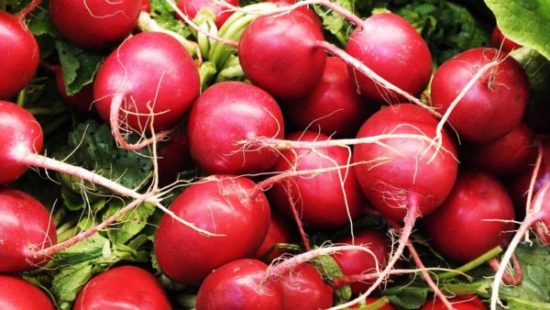

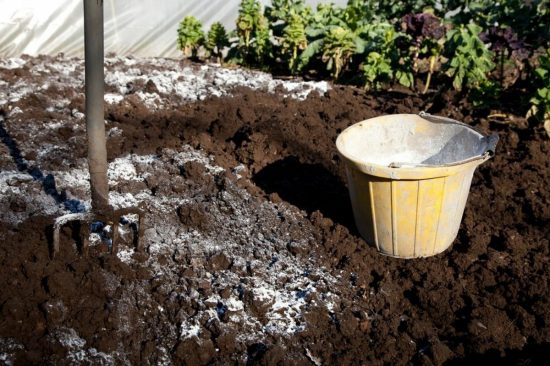
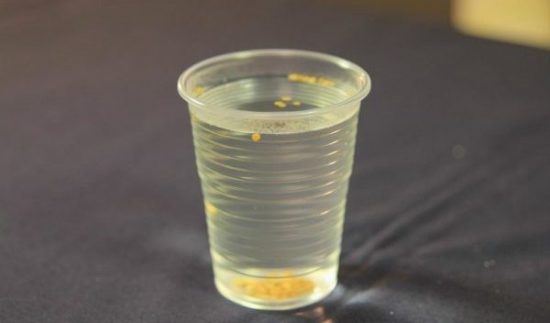
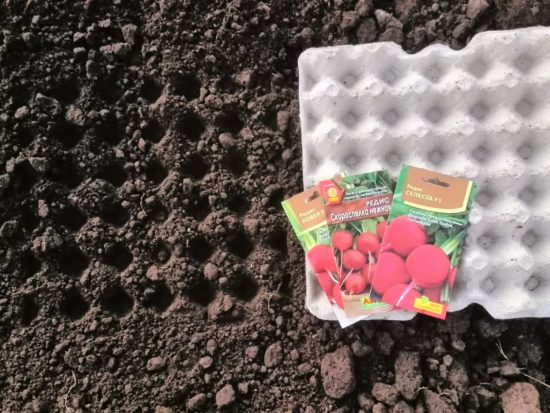
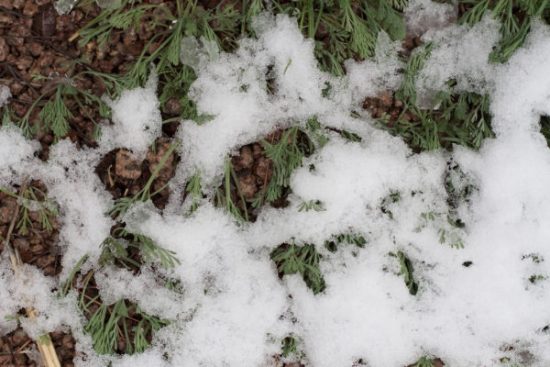
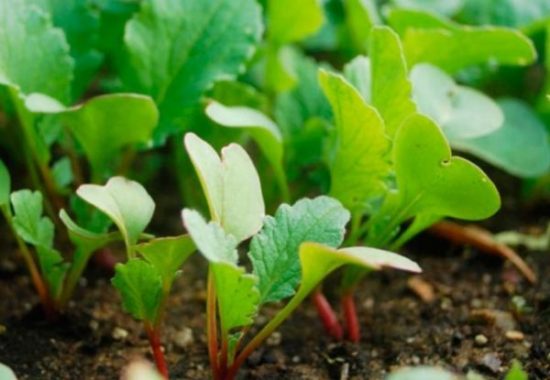
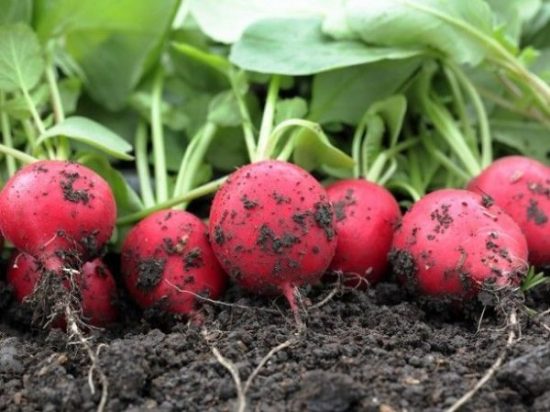
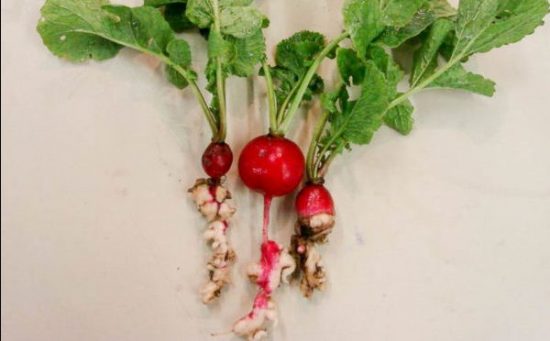



 (7 ratings, average: 3,71 out of 5)
(7 ratings, average: 3,71 out of 5) CUCUMBERS NEVER GET SICK, I'VE BEEN USING ONLY THIS FOR 40 YEARS! I SHARE A SECRET WITH YOU, CUCUMBERS ARE LIKE THE PICTURE!
CUCUMBERS NEVER GET SICK, I'VE BEEN USING ONLY THIS FOR 40 YEARS! I SHARE A SECRET WITH YOU, CUCUMBERS ARE LIKE THE PICTURE! You can dig a bucket of potatoes from each bush. Do you think these are fairy tales? Watch the video
You can dig a bucket of potatoes from each bush. Do you think these are fairy tales? Watch the video
 How our fellow gardeners work in Korea. There is a lot to learn and just fun to watch.
How our fellow gardeners work in Korea. There is a lot to learn and just fun to watch. Eye trainer. The author claims that with daily viewing, vision is restored. They don't charge money for views.
Eye trainer. The author claims that with daily viewing, vision is restored. They don't charge money for views. A 3-ingredient cake recipe in 30 minutes is better than Napoleon. Simple and very tasty.
A 3-ingredient cake recipe in 30 minutes is better than Napoleon. Simple and very tasty. Therapeutic exercises for cervical osteochondrosis. A complete set of exercises.
Therapeutic exercises for cervical osteochondrosis. A complete set of exercises. Which indoor plants match your zodiac sign?
Which indoor plants match your zodiac sign? What about them? Excursion to German dachas.
What about them? Excursion to German dachas.